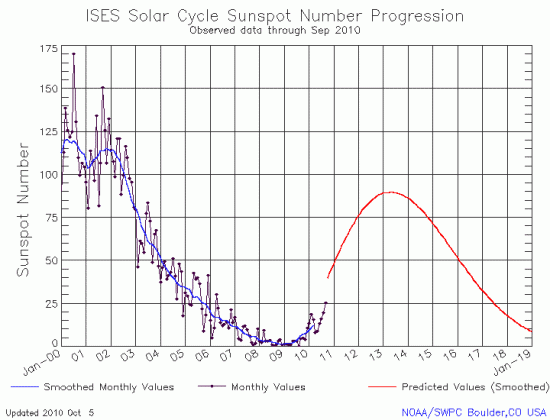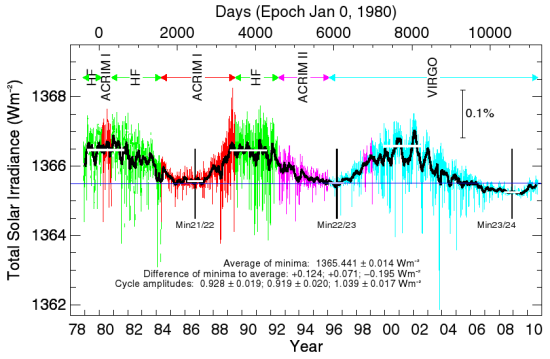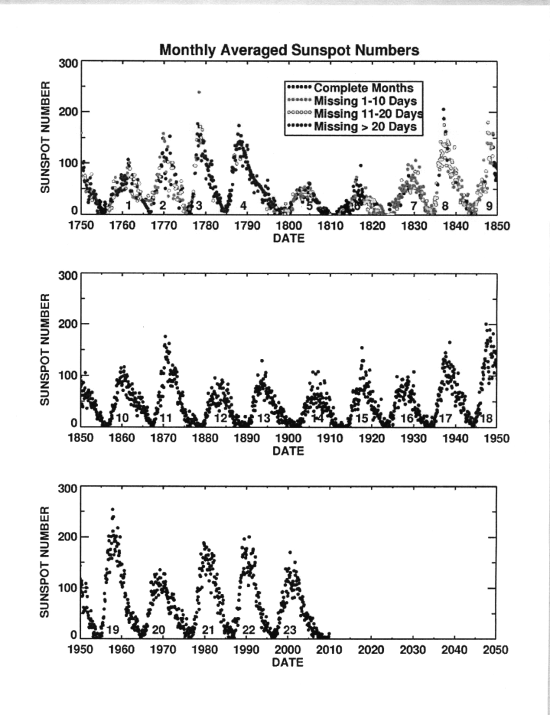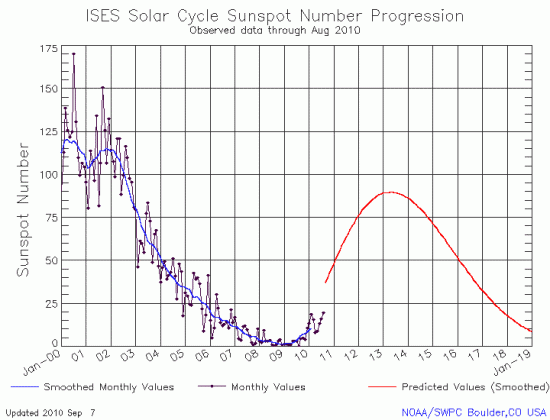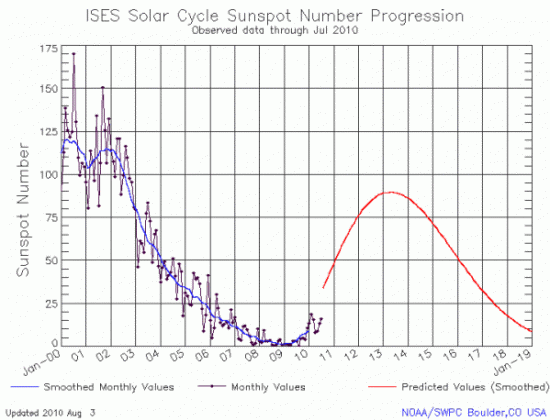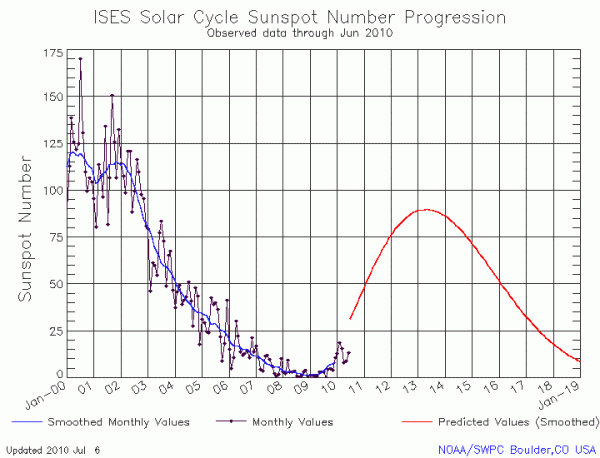Sunspots return to the Sun
After a three day stretch of blankness, a new sunspot has appeared on the Sun. The question remains: Have we now seen the last blank day for the just ending solar minimum?
After a three day stretch of blankness, a new sunspot has appeared on the Sun. The question remains: Have we now seen the last blank day for the just ending solar minimum?

